Mint Assayers in Colonial Times
Places of Coinage, Assayers, Masters of the Mint and Judges of Balance
Assayers in Spanish America
Each coin identifies the place of coinage and also the person responsible for the law of the coin (purity and weight) called the assayer. Usually the initials of the names were used and could be one or two assayers by minting. In the case of Philippines well into the nineteenth century also included the person responsible for balance. This is an example of how to identify these signs in coins.
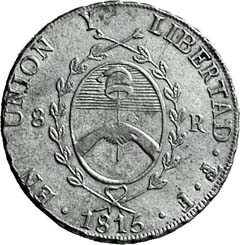
Potosi: PS Assayer L Leandro Ozio Value: 8 ( Reales):
Assayers and Masters of Mints
The assayers were the artisans and those in charge and responsible for the law (purity) and weight of the metal, so they left their mark on the mint. These are some data on places of minting and initial assayers
Assayer =A / Reales= R
| A | 8 R | 4 R | 2 R | 1 R | 1/2 R |
Mexico M |
|||||
| FM |
1772-1778 1783-1801 |
1772 -1777 1784 -1801 1803 |
1772-1777 1784-1801 |
1772-1777 1785-1802 |
1772-1777 1783-1800 |
| FF | 1777-1784 | 1778-1784 |
1778-1784 1786 |
1778-1785 1787-1788 |
1777-1784 |
| FT | 1801-1803 | 1801-1803 | 1801-1803 | 1801-1803 | 1801-1803 |
| TH | 1803-1810 |
1804-1808 1810 |
1804-1813 | 1804-1810 |
1803-1810 1813 |
| HJ | 1809-1813 | 1809-1812 | 1810-1813 | 1810-1815 | 1810-1813 |
| JJ | 1812-1821 | 1816-1821 | 1812-1821 | 1812-1821 | 1813-1821 |
Peru LM or LIMAE |
|||||
| JM | 1762-1774 | 1762-1773 | 1762-1773 |
1762-1773 1782 |
1762-1773 |
| MJ | 1773-1780 | 1773-1780 | 1774-1780 | 1773-1780 | 1773-1780 |
| MI | 1780-1787 | 1780-1787 | 1780-1788 | 1780-1787 | 1780-1787 |
| IJ | 1787-1803 | 1787-1803 | 1787-1804 | 1787-1804 |
1787-1803 1805 |
| JP | 1803-1824 | 1804-1821 | 1803-1823 | 1803-1823 | 1803-1821 |
Potosi (Bolivia) PS or PTS |
|||||
| JR | 1770-1776 | 1770-1776 | 1770-1776 | 1770-1776 | 1770-1776 |
| PR | 1776-1795 | 1776-1795 | 1776-1795 | 1776-1795 | 1776-1795 |
| PP | 1795-1802 | 1795-1802 | 1795-1802 | 1795-1803 | 1795-1802 |
| PJ | 1803-1824 | 1803-1825 | 1803-1825 | 1803-1824 | 1803-1824 |
| JL | 1825 | 1825 | 1825 | 1825 | 1823- 1825 |
| J | 1824-1825 | 1825 | 1825 | ||
| J | 1813 | 1813 | 1813 | 1813 | 1813 |
| L | 1815 | 1815 | 1815 | 1815 | 1815 |
| FL | 1815 | 1815 | 1815 | 1815 | 1815 |
Santiago (Chile) S |
|||||
| J | 1764 | ||||
| DA | 1790 | ||||
| FJ | 1809 | ||||
Chiloe (Chile) Chi-loe Over Potosi |
|||||
| PJ | 1823 | ||||
Cuzco C° |
|||||
| G | 1824 | ||||
Guatemala G or NG |
|||||
| P | 1768-1784 | 1768-1783 | 1768-1783 | 1768-1783 | 1768-1783 |
| M | 1785-1821 | 1785-1821 | 1785-1821 | 1785-1821 | 1785-1821 |
Nuevo Reino (Colombia)NR Nuevo Reino Santa Fe de Bogotá |
|||||
| JF | 1809-1810 | 1809-1810 | 1809-1810 | 1809-1810 | 1809-1810 |
Popayan (Colombia) P |
|||||
| JF | 1803-1810 | ||||
Colonial Times Mint Assayers
Santiago (Chile) 1809 8 Reales FJ Francisco Rodriguez Brochero & Juan Maria de Bobadilla
As we have already had opportunity to comment, the death of a monarch had to wait a while for the arrival of its corresponding model of bust from the Peninsula. The case of Fernando VII is particular, its arrival to the throne in March of 1808 is accompanied with the Napoleonic invasion that forced the mints to make their own busts that we know as imaginary. In this case the dress is not Roman style but of time.
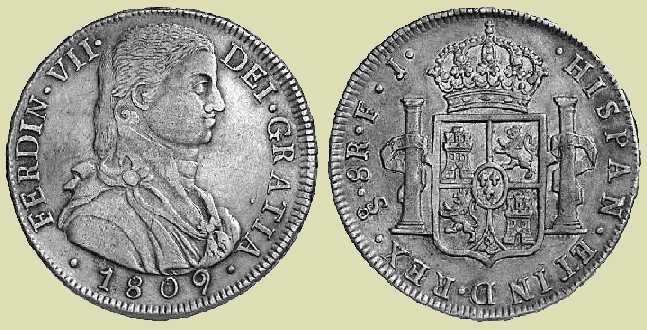
Santiago (Chile) 1790 8 Reales DA Domingo de Eyzaguirre y Agustin de Infante y Prado
Although Charles III had died on December 14, 1788, his bust continued to appear on the coins until 1791 at which time the official bust of the new monarch, Charles IV, was prepared. There are transitional pieces like the one in which only the ordinal of the king has been changed. The essay corresponded to Eyzaguirre and Infante responsible for the law in the first coinage of the new monarch.
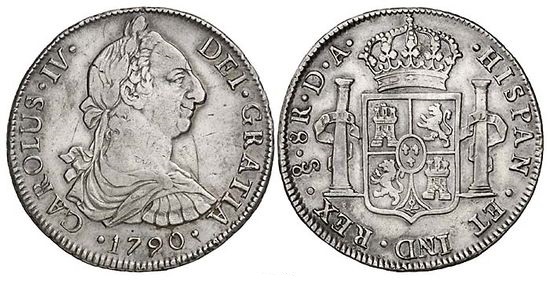
LIMA (Peru). 8 reales. IJ Ignacio Zenón de Gálvez y Juan Martínez de Roxas.
Very light lines of weight adjustment on the obverse. After the death of Carlos III in 1788 transicional types were minted with the ordinal IV waiting for the punzones of Madrid
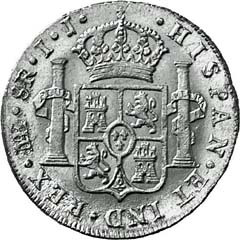
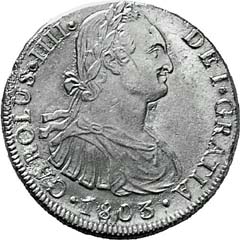
1803
LIMA ( Peru ) 1762 8 escudos (oro) JM .José Rodríguez Carasa y Manuel Iglesias Abarca
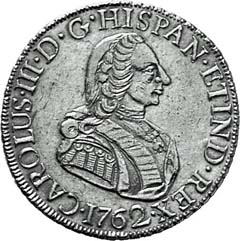
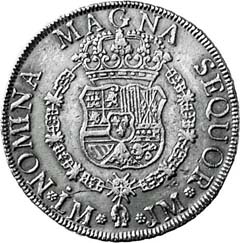
LIMA. 8 Escudos. 1771 JM .José Rodríguez Carasa y Manuel Iglesias Abarca
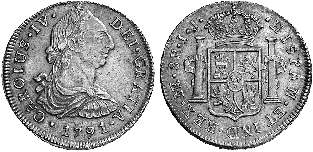
Peru Lima (1808) 8 Reales JP Juan Martínez de Roxas y Pablo Cano Melgarejo
First year of the imaginary bust of the mint of Lima. The portrait did not last more than four years and was coined in different sizes being the corresponding to 1808 the largest by far. The reason for the need to make imaginary portraits based on paintings from the Kingdom of Spain is none other than the Napoleonic invasion. The portraits of the monarchs arrived late to the colonies, which is why the portraits of Fernando VII were called until 1812 "Imaginarios". The portrait on which this bust was based was made in America by a local artist and that is why it is called Fernando VII the Inca or also known as bust of Indian.
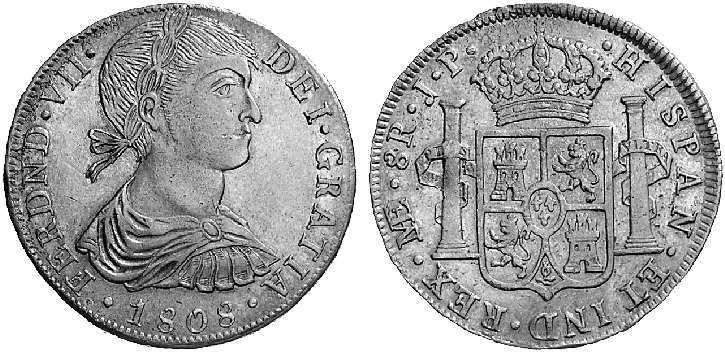
Other, Idem Assayer, Lima 1823 Over mint of PERU LIBRE
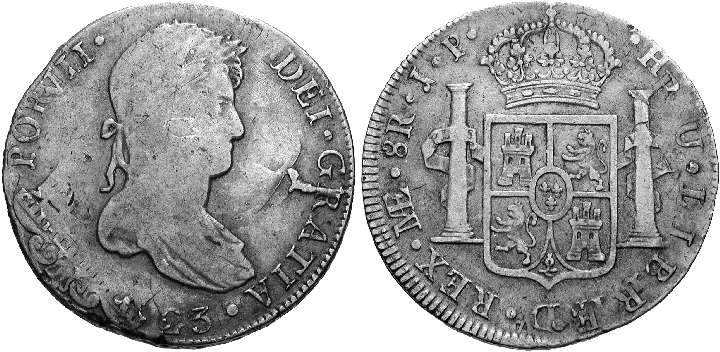
Idem 1819
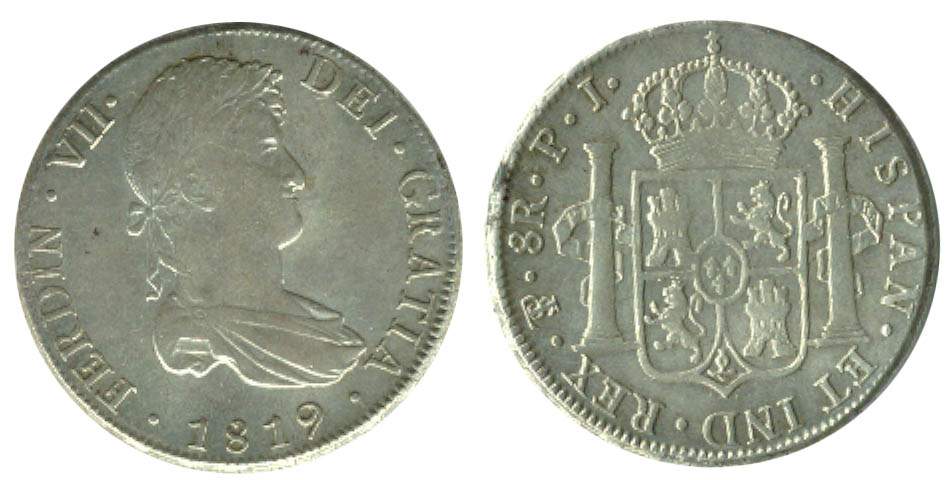
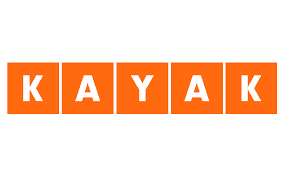





Joe Bonamassa is a famous country singer, so don’t miss the possibility to visit